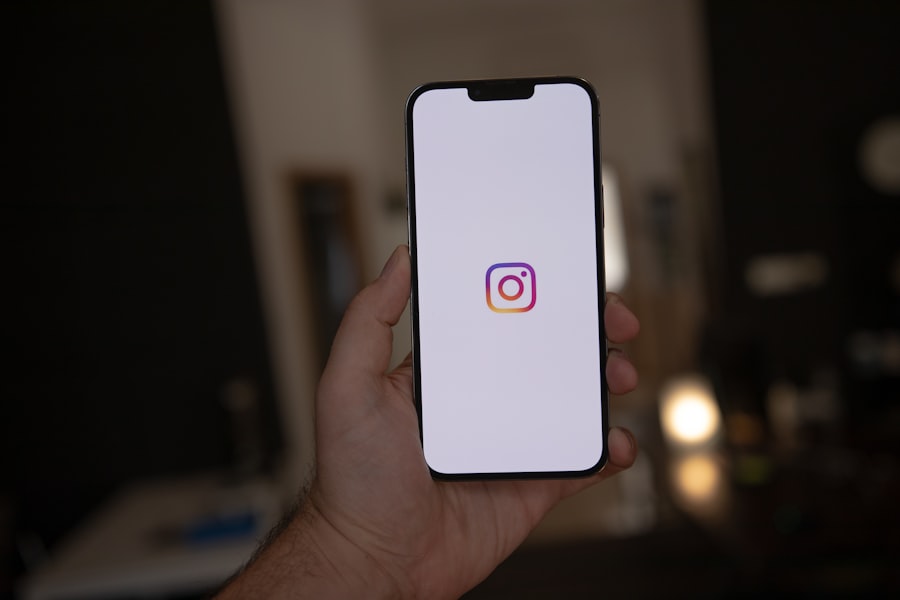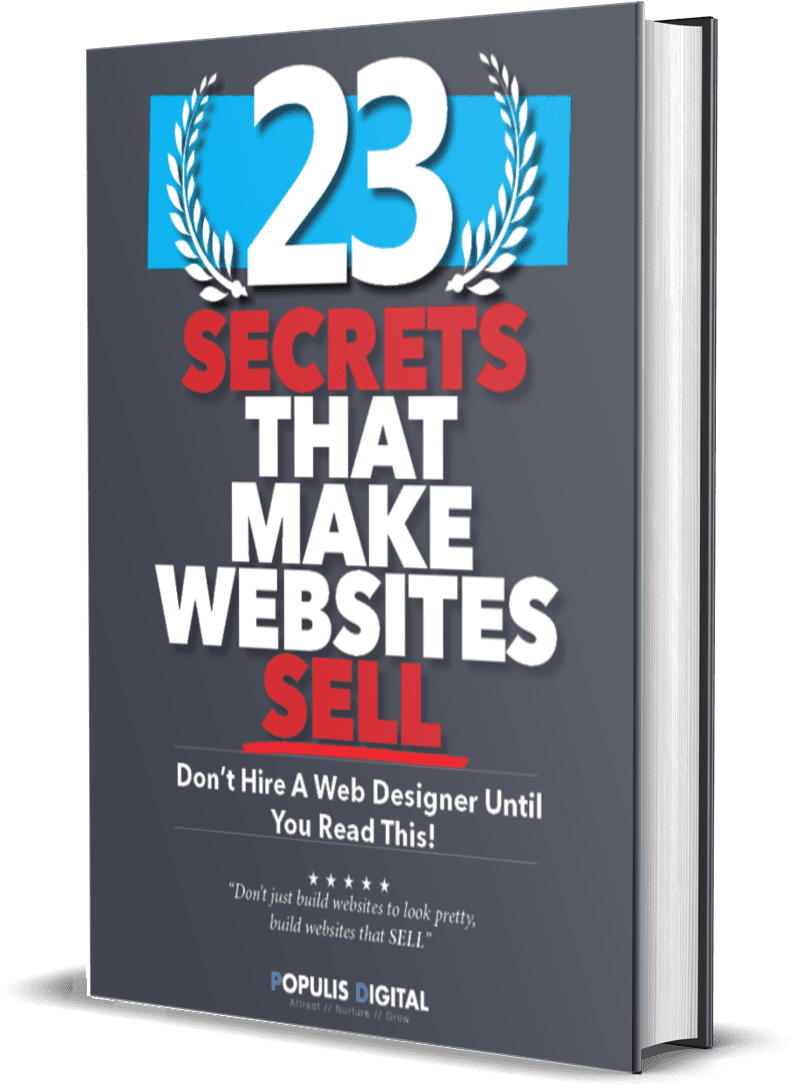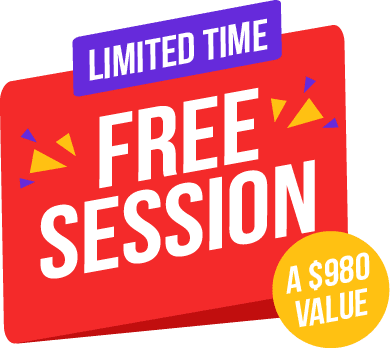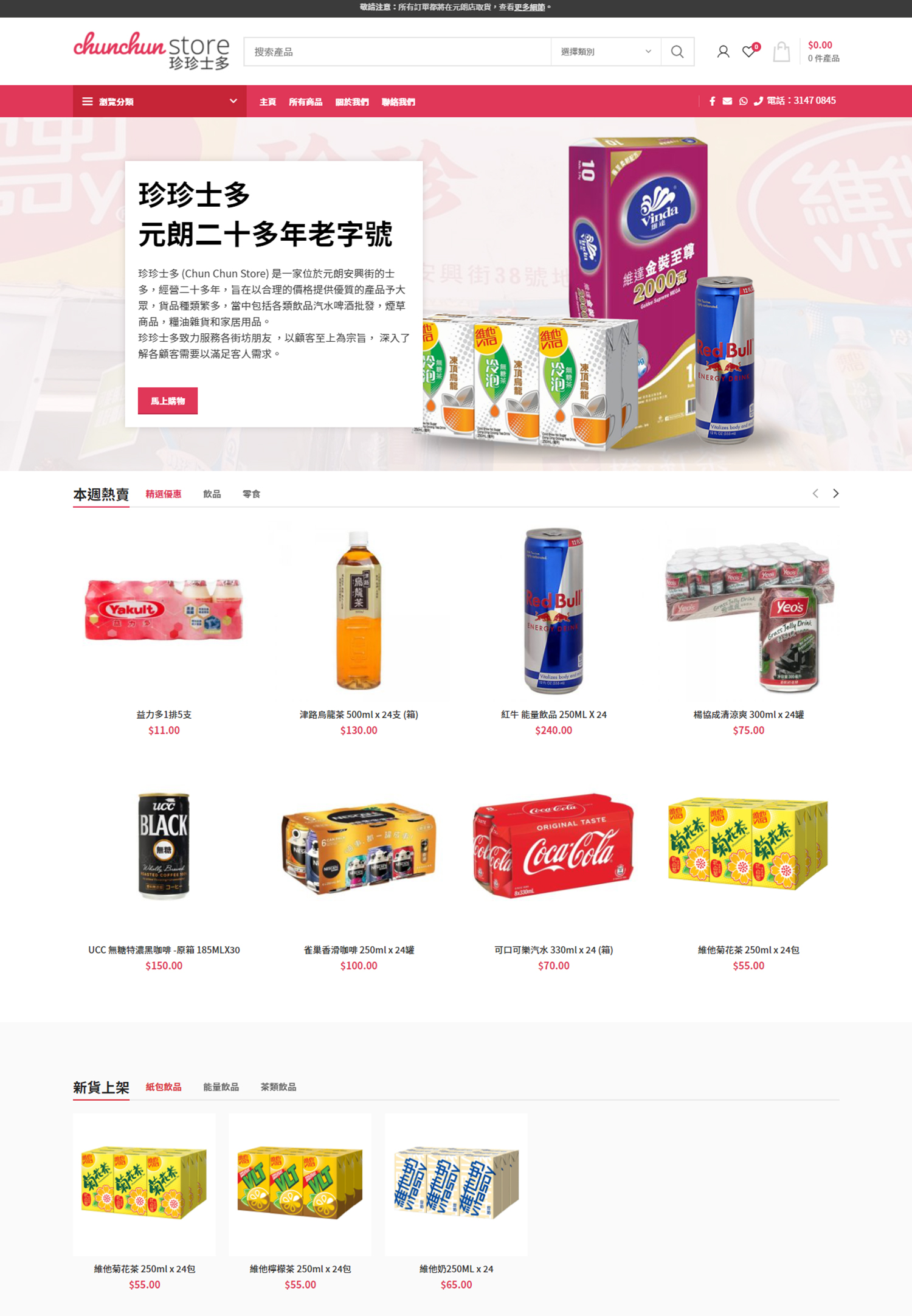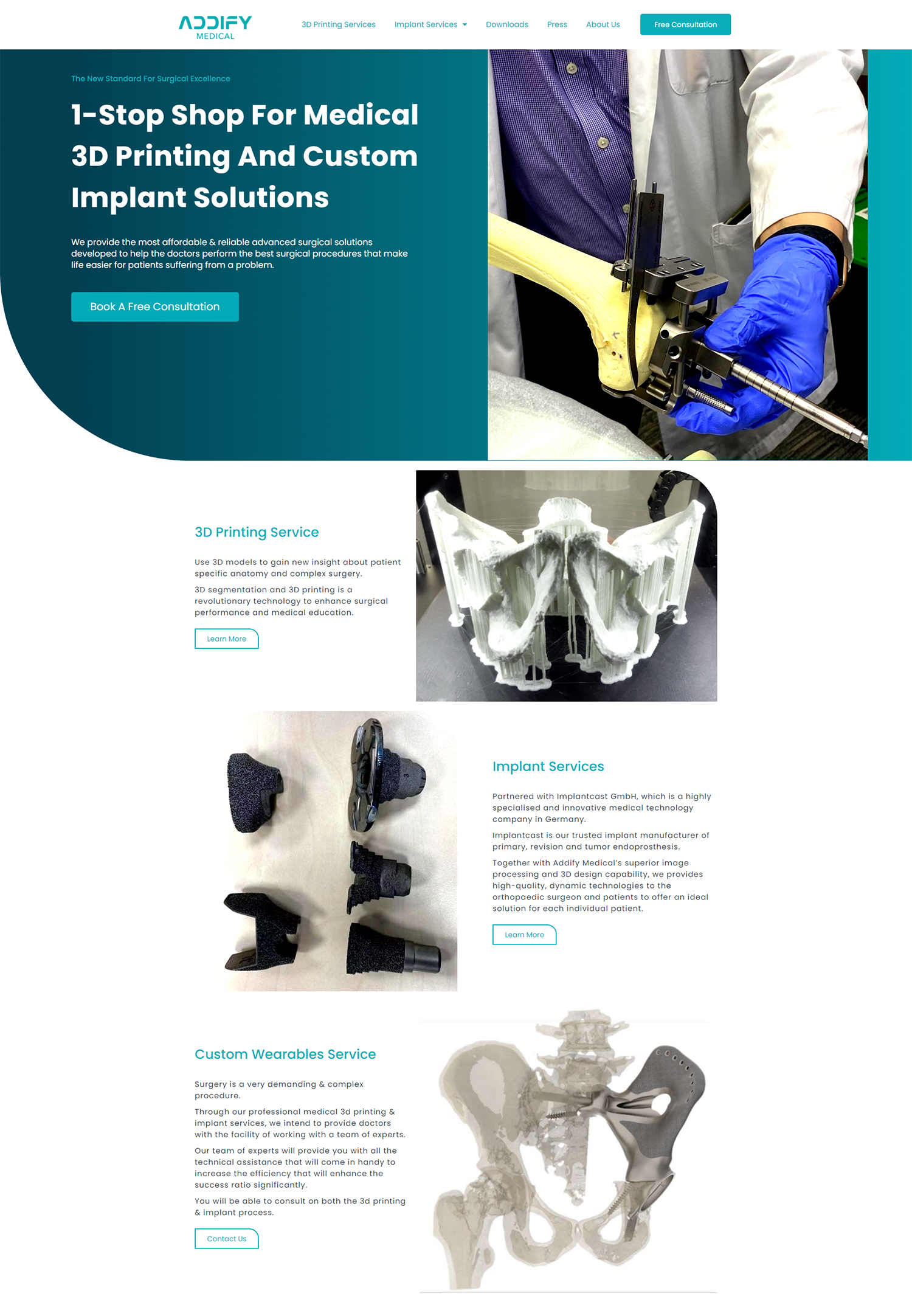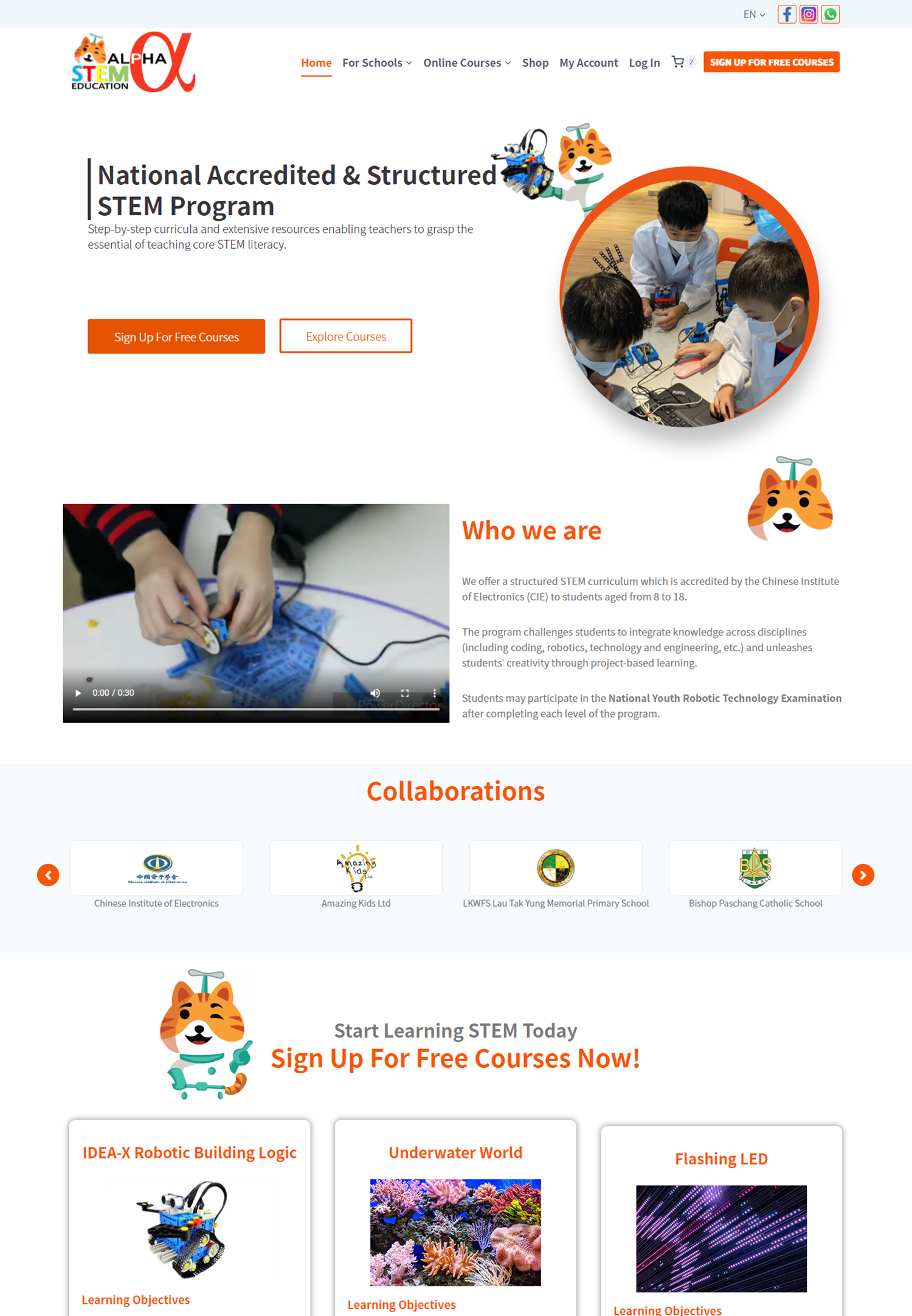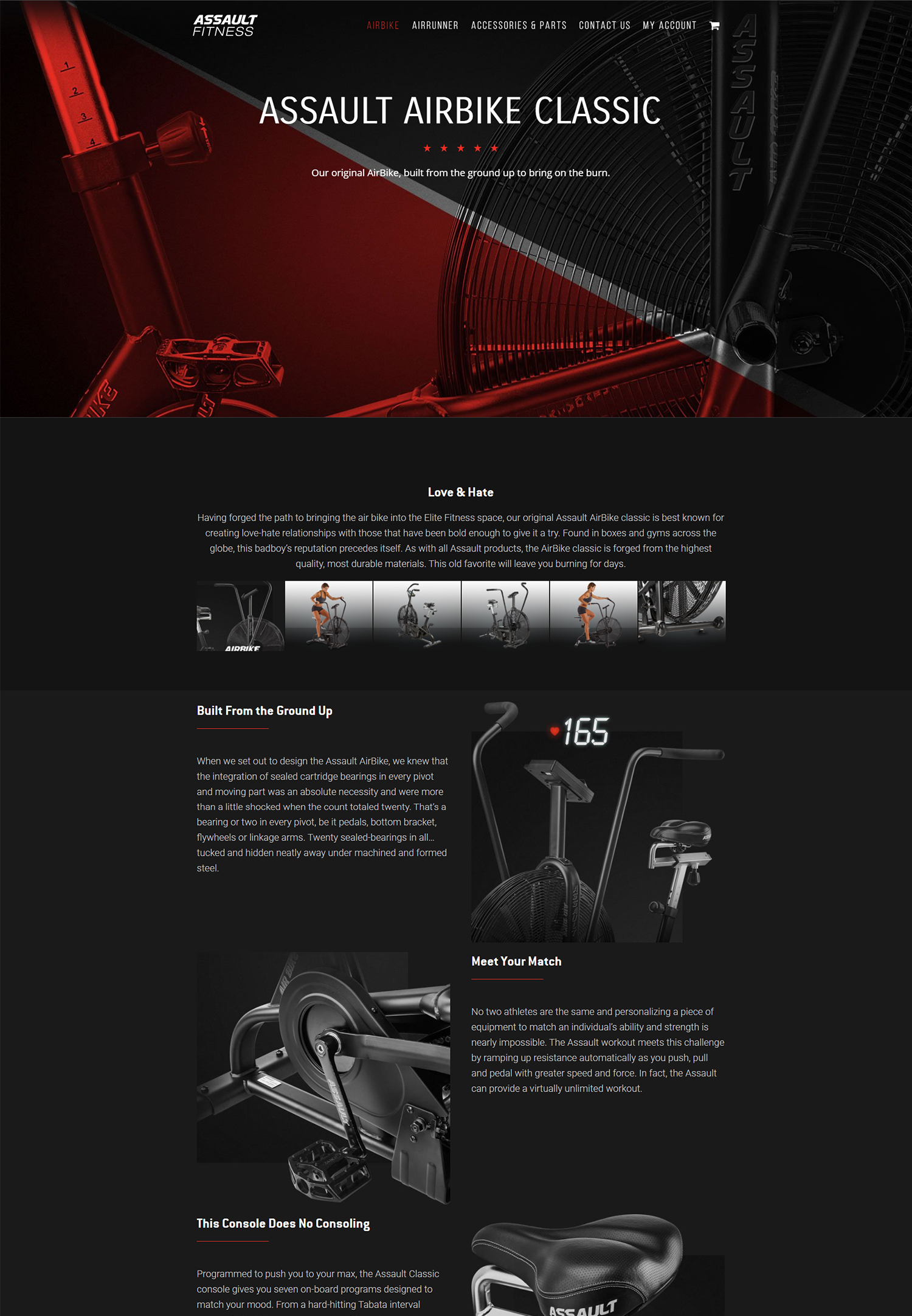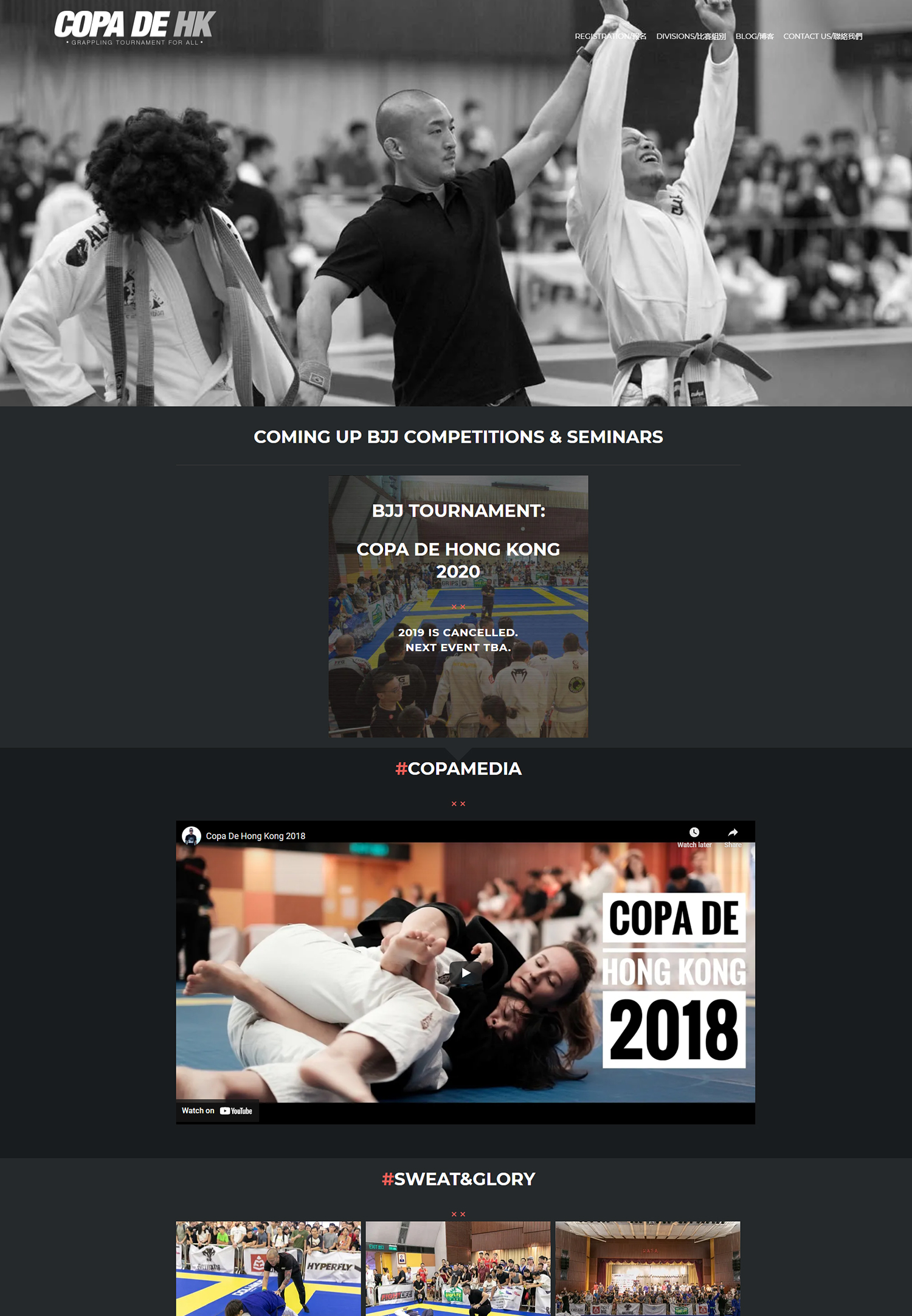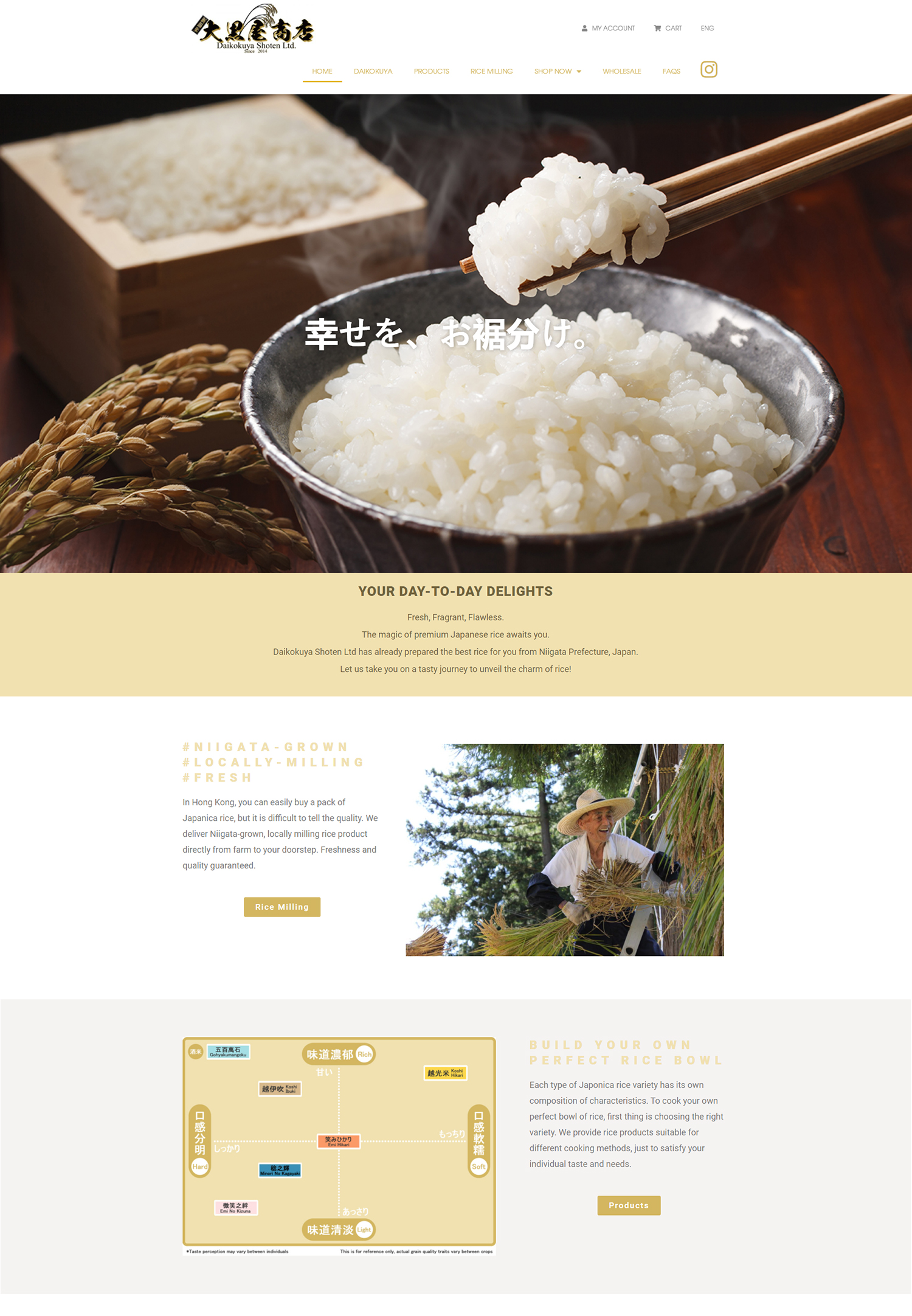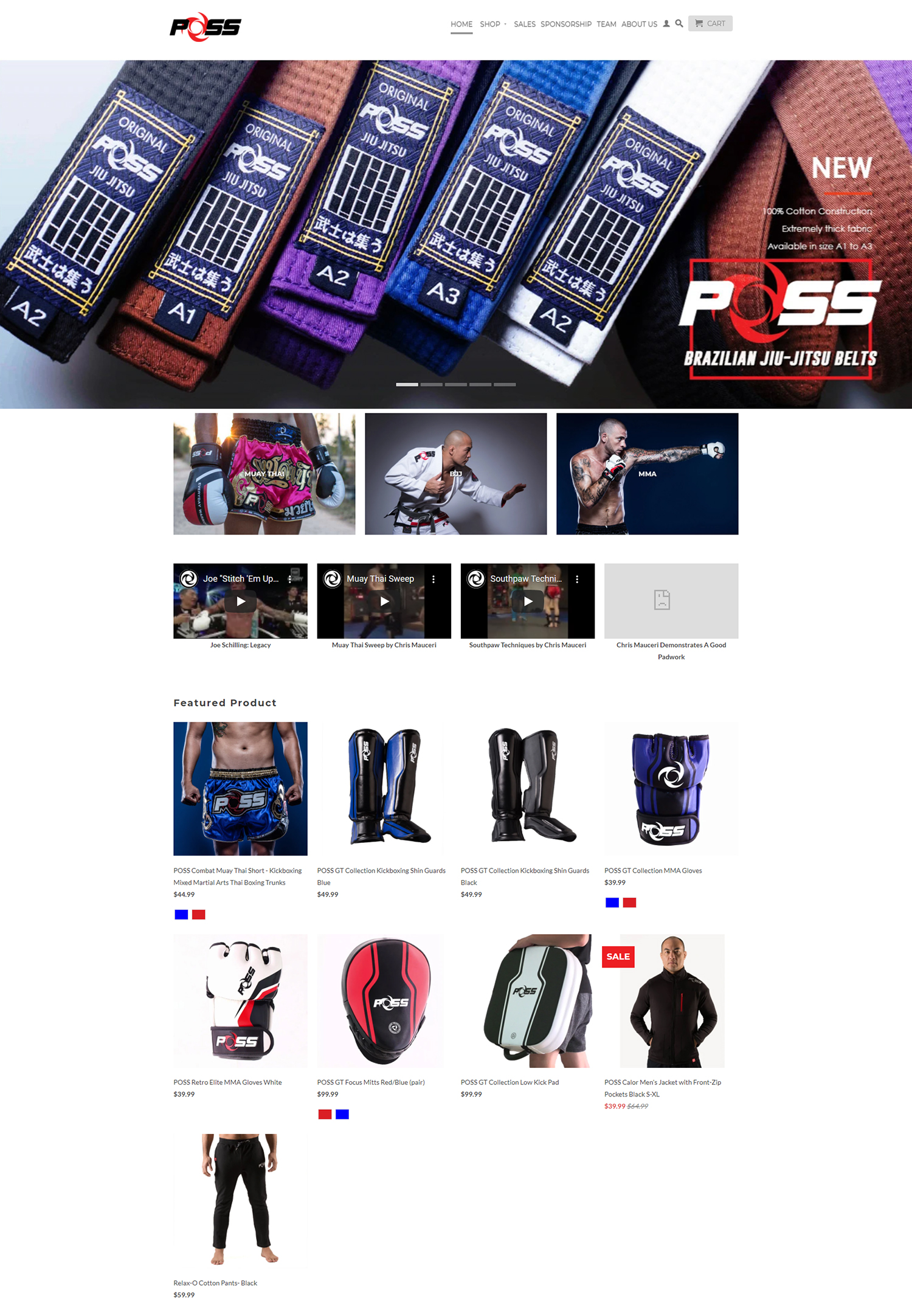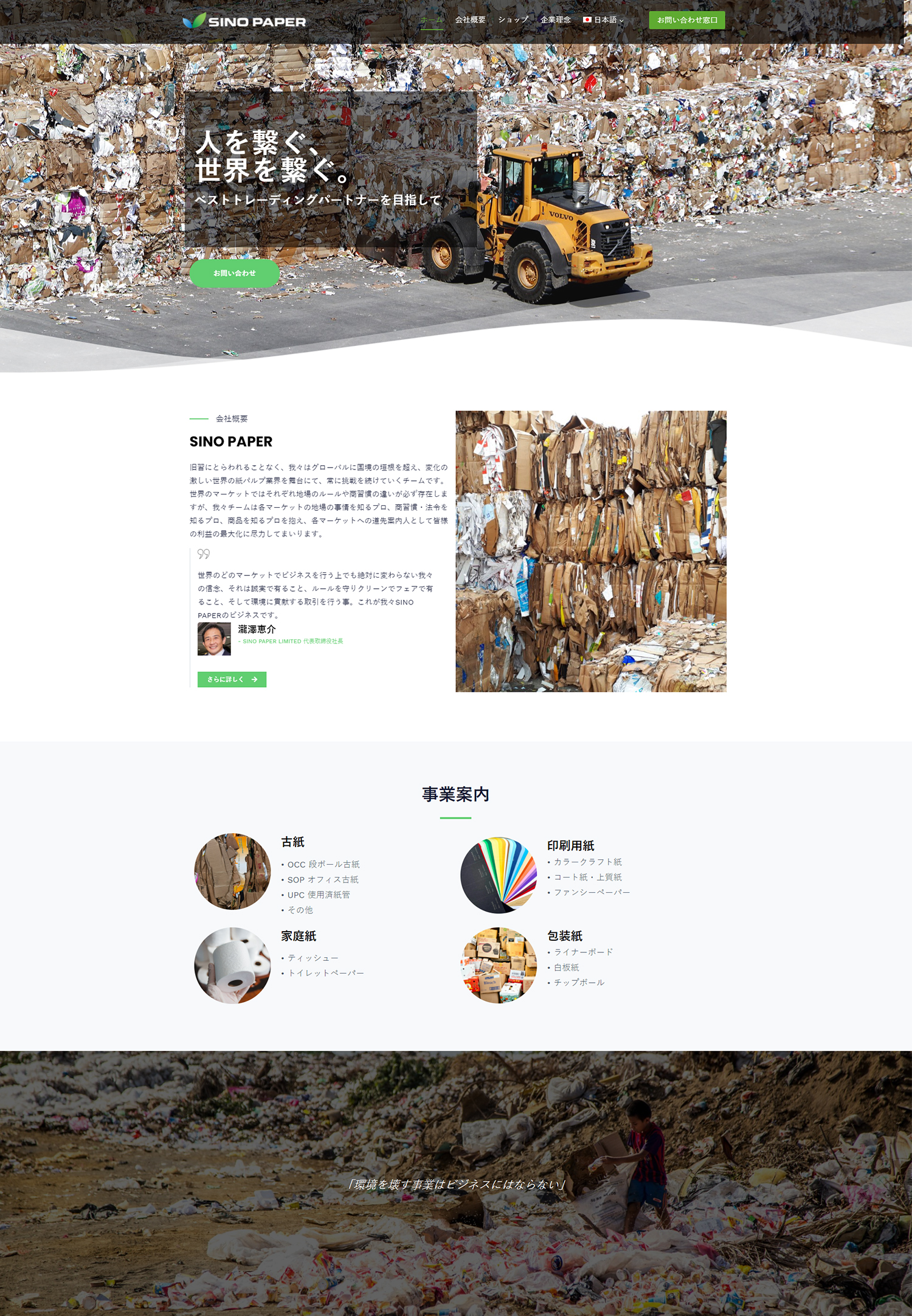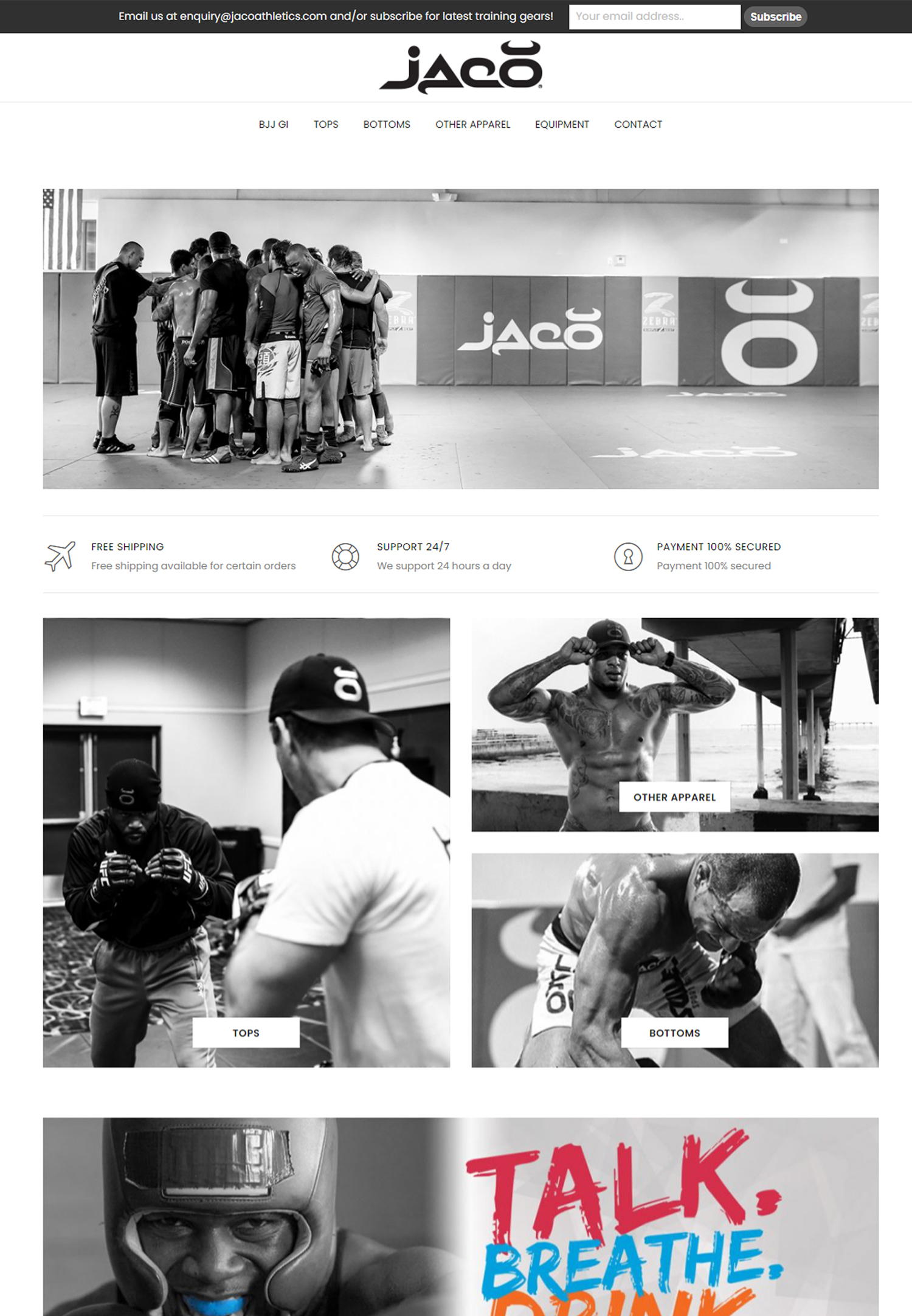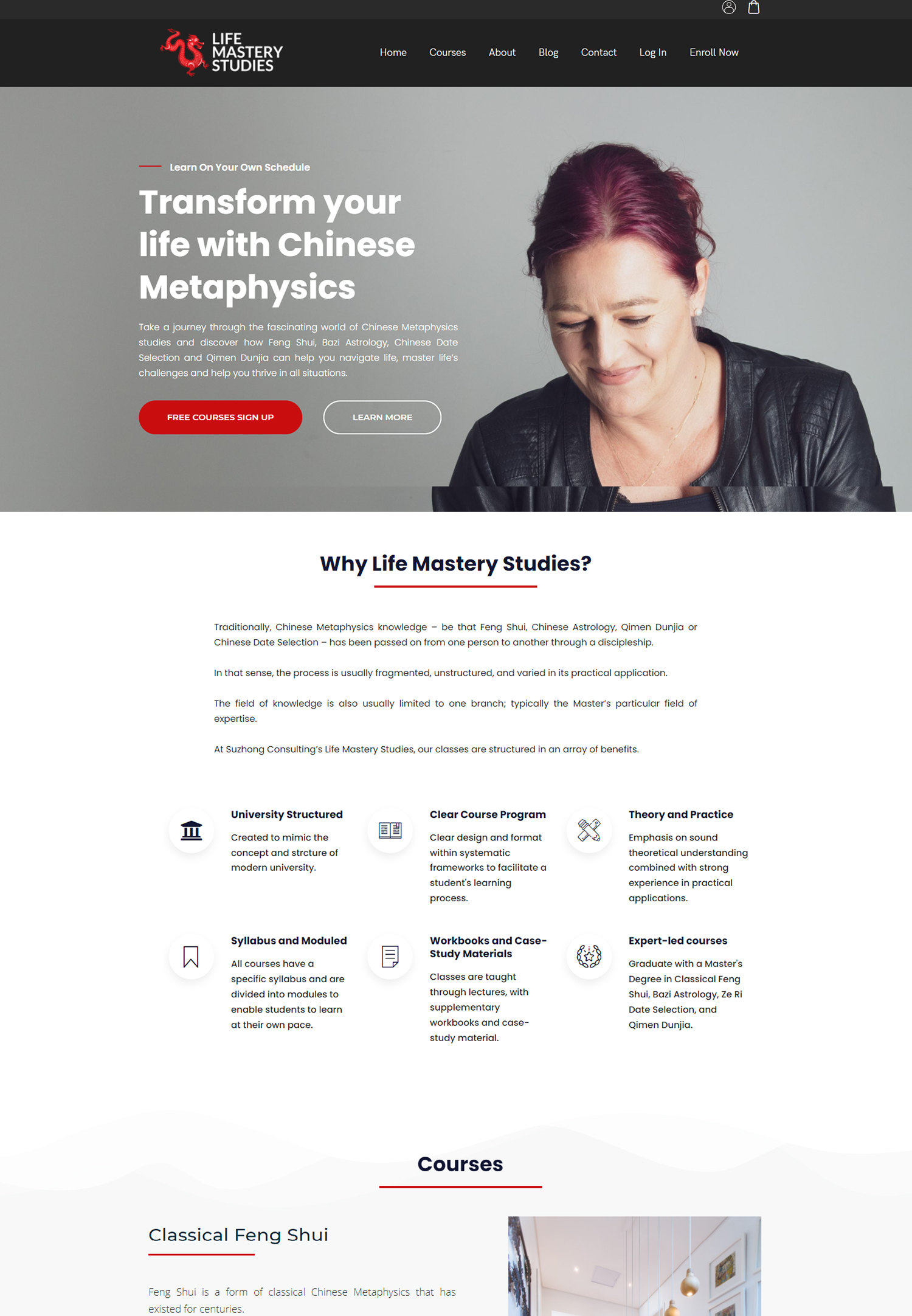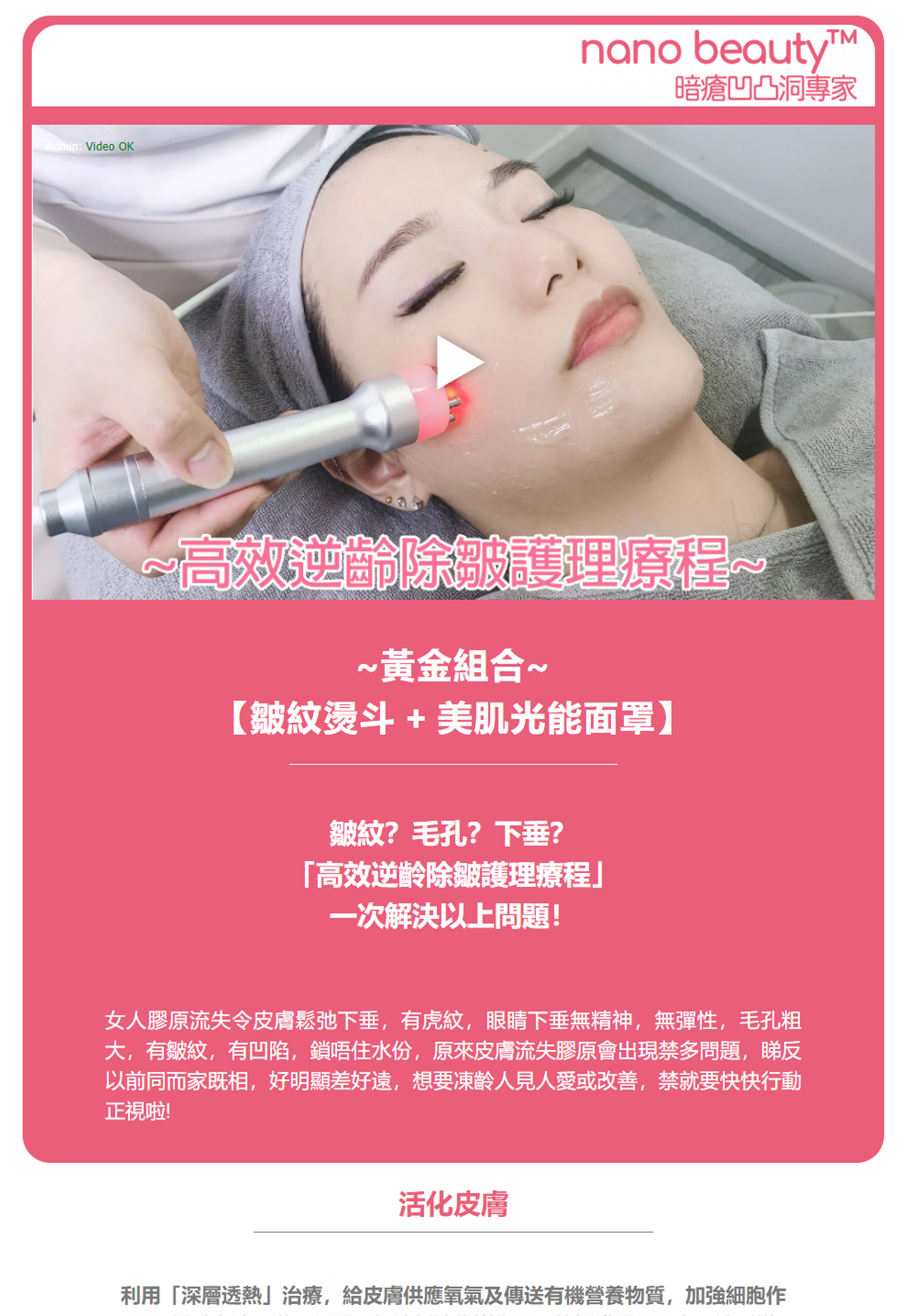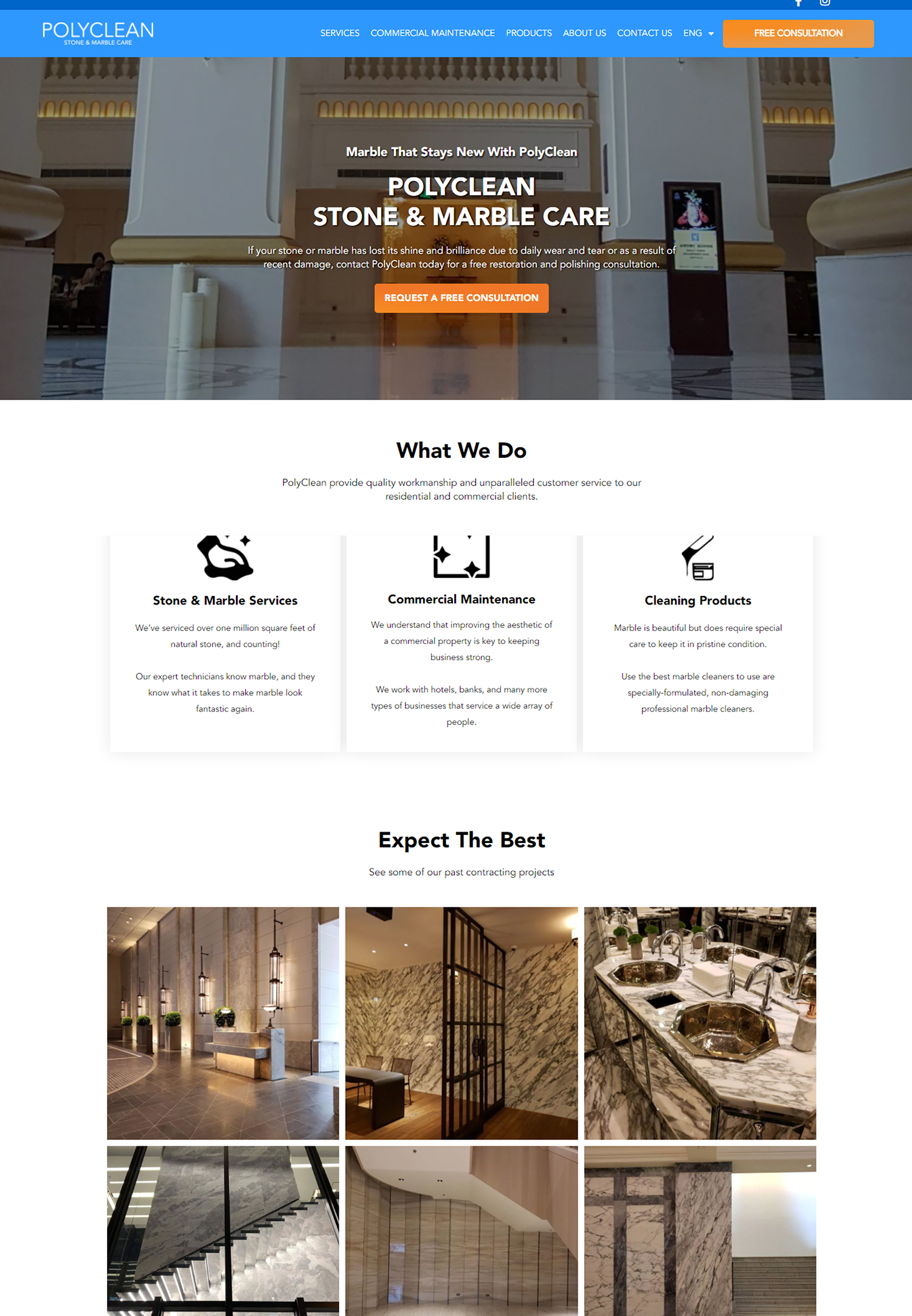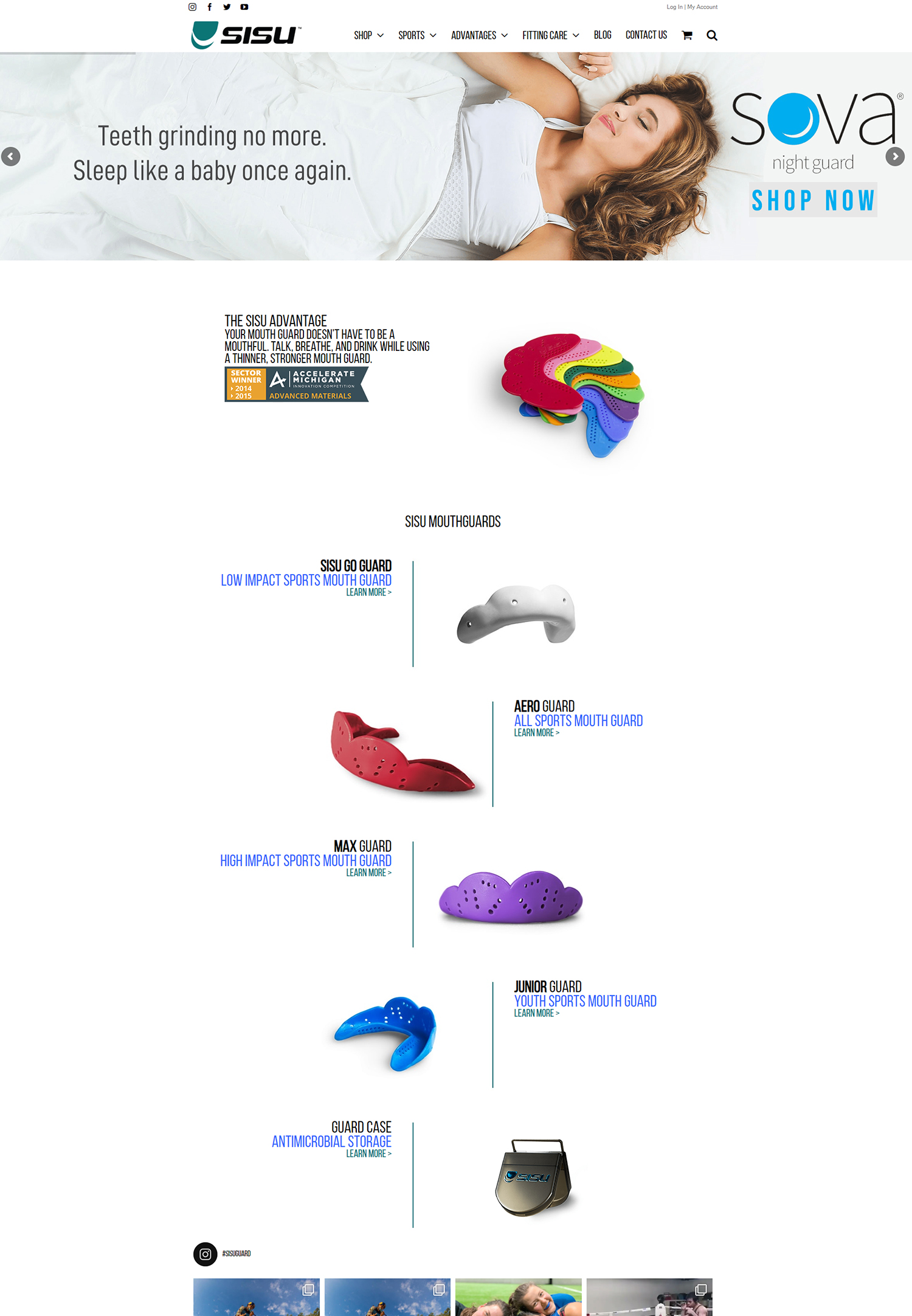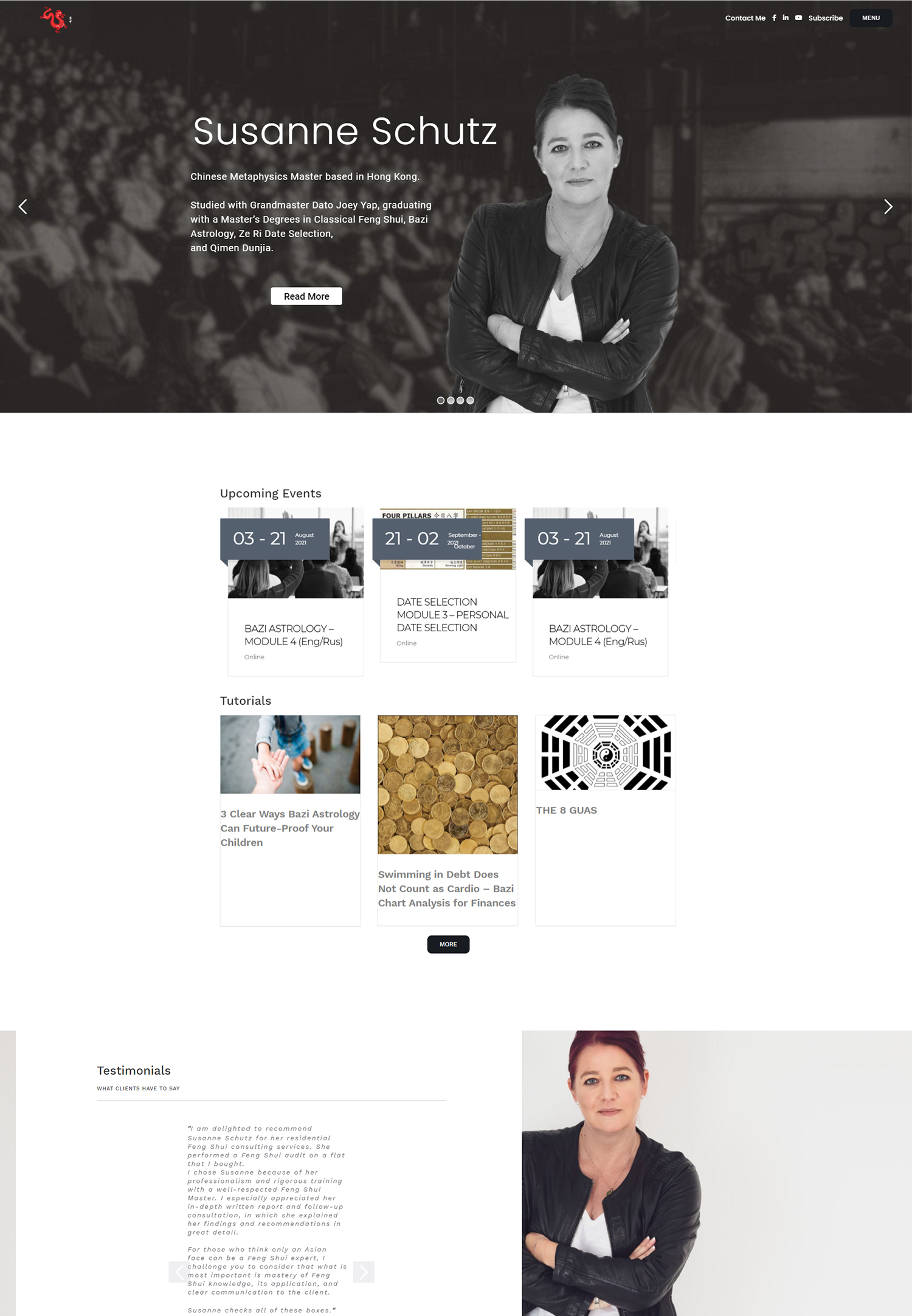In the world of marketing, the sales funnel serves as a crucial framework that guides potential customers through their journey from awareness to purchase. This funnel is typically divided into several stages: awareness, consideration, decision, and retention. Each stage represents a different phase in the buyer’s journey, and understanding these stages is essential for us to effectively engage with our audience.
By recognizing where our potential customers are in the funnel, we can tailor our content and strategies to meet their specific needs and concerns. At the top of the funnel, we find the awareness stage, where potential customers first become aware of a problem or need. This is followed by the consideration stage, where they actively seek solutions and evaluate their options.
The decision stage is where they make a choice about which product or service to purchase. Finally, the retention stage focuses on keeping customers engaged and satisfied after their initial purchase. By comprehending these stages, we can create targeted content that resonates with our audience at each point in their journey, ultimately leading to higher conversion rates and customer loyalty.
Key Takeaways
- The sales funnel stages include awareness, consideration, decision, and retention, each requiring different types of content to guide potential customers through the buying process.
- Identifying target audience and buyer personas is crucial for creating content that resonates with the right people at each stage of the sales funnel.
- Awareness-stage content should focus on educating and entertaining the audience, creating brand awareness and establishing credibility.
- Consideration-stage content should provide in-depth information about the product or service, addressing potential customer concerns and highlighting the benefits.
- Decision-stage content should include strong calls to action, customer testimonials, and special offers to encourage the audience to make a purchase.
Identifying Target Audience and Buyer Personas
To effectively navigate the sales funnel, we must first identify our target audience and develop detailed buyer personas. A target audience is a specific group of consumers that we aim to reach with our marketing efforts. By analyzing demographics, interests, and behaviors, we can pinpoint who is most likely to benefit from our products or services.
This understanding allows us to craft messages that resonate with them on a personal level, increasing the likelihood of engagement. Creating buyer personas takes this a step further by providing us with a semi-fictional representation of our ideal customers. These personas are based on real data and insights gathered from market research and customer interactions.
By outlining characteristics such as age, gender, income level, pain points, and purchasing behavior, we can better understand what drives our audience’s decisions. This knowledge empowers us to create content that speaks directly to their needs and preferences, ensuring that we capture their attention at every stage of the sales funnel.
Creating Awareness-Stage Content
In the awareness stage, our primary goal is to attract potential customers and introduce them to our brand. This is where we can leverage various content formats such as blog posts, social media updates, infographics, and videos to generate interest. The key is to provide valuable information that addresses common pain points or questions that our target audience may have.
By positioning ourselves as thought leaders in our industry, we can build trust and credibility with potential customers. Moreover, it’s essential for us to optimize our awareness-stage content for search engines. By incorporating relevant keywords and phrases that our audience is likely to search for, we can increase our visibility online.
This not only helps us reach a broader audience but also drives organic traffic to our website. Engaging storytelling can also play a significant role in this stage; by sharing relatable experiences or case studies, we can create an emotional connection with our audience that encourages them to explore further.
Developing Consideration-Stage Content
Once potential customers are aware of our brand, they move into the consideration stage, where they begin evaluating their options. At this point, our content should focus on providing in-depth information about our products or services and how they can solve specific problems. We can create comparison guides, product demos, webinars, and case studies that highlight the benefits of choosing us over competitors.
This type of content not only informs but also helps potential customers feel more confident in their decision-making process. Additionally, we should consider incorporating user-generated content during this stage. Testimonials and reviews from satisfied customers can significantly influence potential buyers’ perceptions of our brand.
By showcasing real experiences and success stories, we can further establish credibility and trustworthiness. Our goal here is to nurture leads by providing them with all the information they need to make an informed decision while keeping them engaged with our brand.
Crafting Decision-Stage Content
As potential customers reach the decision stage of the sales funnel, they are ready to make a purchase but may still have lingering doubts or questions. Our content during this phase should focus on addressing these concerns and reinforcing the value of our offerings. We can create persuasive content such as detailed product descriptions, pricing guides, and FAQs that provide clarity and reassurance.
Additionally, offering limited-time promotions or discounts can create a sense of urgency that encourages potential buyers to take action. Moreover, it’s crucial for us to make the purchasing process as seamless as possible. Clear calls-to-action (CTAs) should be strategically placed throughout our content to guide potential customers toward making a purchase.
Whether it’s a “Buy Now” button or an invitation to schedule a consultation, these CTAs should be compelling and easy to follow. By removing any barriers to purchase and providing all necessary information upfront, we can significantly increase conversion rates during this critical stage.
Implementing Retention-Stage Content
The sales funnel doesn’t end with a purchase; in fact, retaining customers is just as important as acquiring new ones. In the retention stage, our focus shifts toward nurturing relationships with existing customers to encourage repeat business and brand loyalty. We can implement various strategies such as personalized email campaigns, loyalty programs, and exclusive content that keeps customers engaged with our brand long after their initial purchase.
Additionally, soliciting feedback from customers can provide valuable insights into their experiences with our products or services. By actively seeking their opinions through surveys or follow-up emails, we demonstrate that we value their input and are committed to continuous improvement. This not only helps us enhance our offerings but also fosters a sense of community among our customers.
When they feel heard and appreciated, they are more likely to remain loyal advocates for our brand.
Measuring and Analyzing Content Performance
To ensure that our content strategy is effective at each stage of the sales funnel, we must regularly measure and analyze its performance. Key performance indicators (KPIs) such as website traffic, engagement rates, conversion rates, and customer feedback provide valuable insights into how well our content resonates with our audience. By utilizing analytics tools, we can track these metrics over time and identify trends that inform our future strategies.
Moreover, A/B testing different content formats or messaging can help us determine what works best for our audience. For instance, we might experiment with different headlines or visuals in our awareness-stage content to see which generates more clicks or shares. By continuously monitoring performance and making data-driven decisions, we can refine our content strategy to better align with our audience’s preferences and behaviors.
Iterating and Improving Content Strategy
The digital landscape is constantly evolving, which means that our content strategy must be adaptable as well. As we gather insights from performance metrics and customer feedback, we should be prepared to iterate on our approach continually. This might involve updating existing content to reflect new information or trends or exploring new formats that resonate better with our audience.
Additionally, staying informed about industry developments and emerging technologies can help us remain competitive in the market. By embracing innovation and being open to change, we can ensure that our content strategy remains relevant and effective in engaging potential customers throughout the sales funnel. Ultimately, by committing to ongoing improvement and adaptation, we position ourselves for long-term success in building meaningful relationships with our audience.


